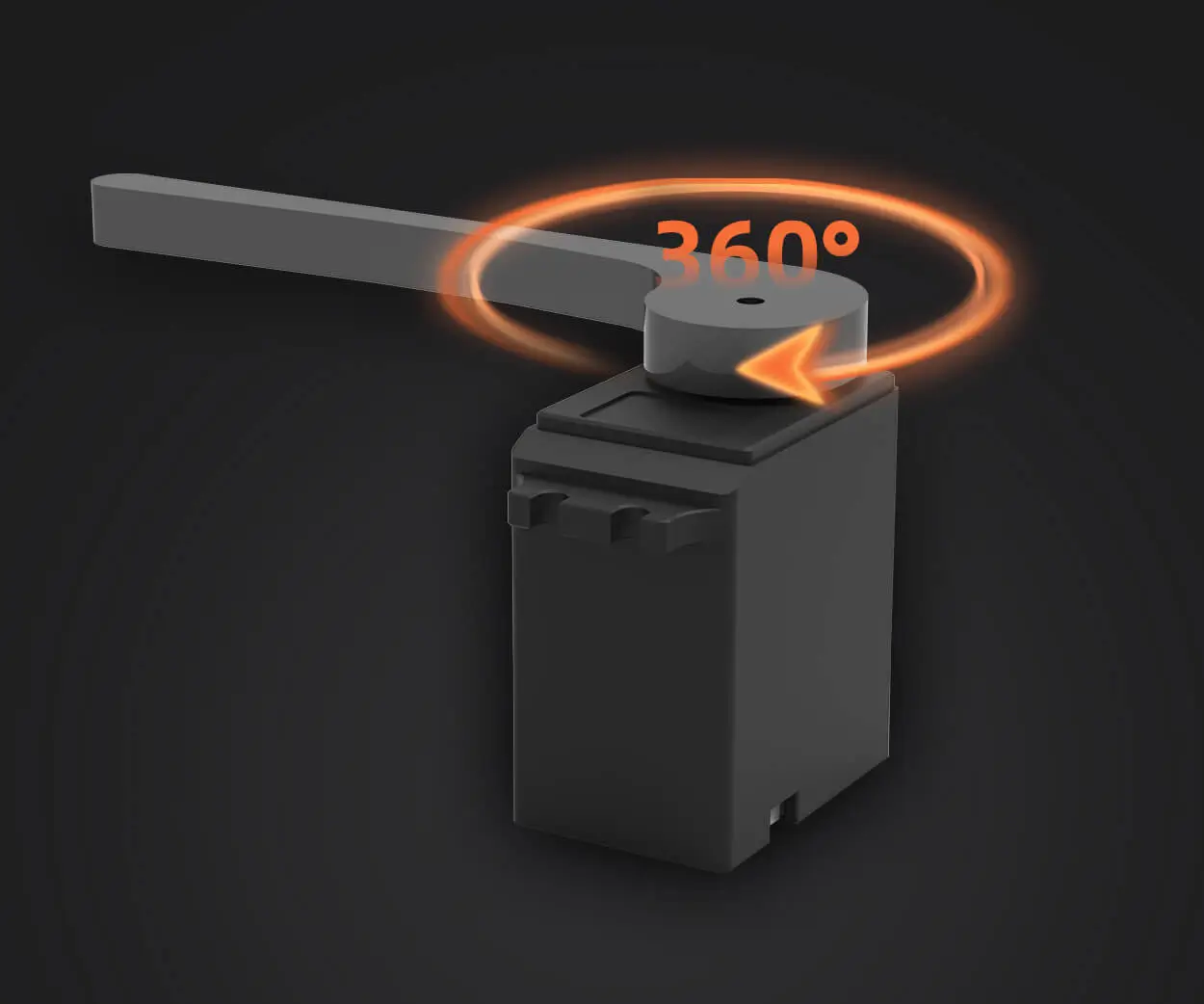Unveiling the Power and Precision of Flange Type Gear Motors: Your Guide to Optimal Mechanical Performance

In the bustling corridors of manufacturing plants, robotics labs, and automation systems, one component often stands out for its silent yet powerful influence—the gear motor. Among the various types of gear motors, the flange type gear motor has garnered special attention due to its unique design, adaptability, and robust performance. If you’ve ever wondered how machinery achieves such smooth and precise movements, exploring the wonders of the flange type gear motor might just be the first step.
Understanding the Basics of Gear Motors
Before diving deep into the specifics of flange type gear motors, it’s essential to understand what gear motors are in general. Essentially, gear motors combine an electric motor with a gear system to reduce speed and increase torque. This synergy enables machinery to perform tasks requiring significant power and precision, such as conveyor belts, robotic arms, packaging machines, and more.
The core advantage of gear motors lies in their ability to deliver high torque at low speeds, translating to more control in applications that demand delicate or heavy-duty movements. Among their varieties—worm gear motors, helical gear motors, planetary gear motors—the flange type stands out due to its specialized mounting interface and versatile utility.
What is a Flange Type Gear Motor?
The term "flange" refers to the mount or face of the gear motor that facilitates secure attachment to machinery. A flange type gear motor integrates the gear reduction within a compact casing, with a prominent flange enabling easy mounting onto equipment or structural frameworks.
Unlike traditional gear motors that may require complex mounting setups, flange type gear motors feature a standardized mounting flange, ensuring quick installation and easy maintenance. They are designed with the industrial environment in mind, capable of withstanding harsh conditions while maintaining operational integrity.
The hallmark of the flange gear motor is its modularity. The flange acts as a universal interface compatible with various machine configurations—making it ideal for diverse industries ranging from manufacturing to material handling.
Design Features and Components
A typical flange type gear motor comprises several essential components:
Electric Motor: Usually a standard AC or DC motor, optimized for energy efficiency, durability, and performance. Gear Reducer: Helical, spur, planetary, or worm gears that reduce the motor’s high rotational speed into a useful lower speed while increasing torque. Flange Mount: The flat, circular faceplate that connects the motor and gear assembly to the application framework. Shaft: The output point where torque is transferred to drive other mechanical parts.
The gear reducer’s design can vary depending on application demands. For example, planetary gear reducers provide high torque density and compactness, while worm gear units excel in applications requiring self-locking and high reduction ratios.
Advantages of Flange Type Gear Motors
Several characteristics make flange type gear motors favorable across multiple sectors:
Ease of Installation: The standardized flange allows rapid mounting without extensive adjustments, saving time and labor costs. Versatility: Compatible with various gear reduction types, power ratings, and shaft configurations, accommodating a broad spectrum of operational needs. Robustness and Durability: Built to withstand mechanical stresses, shocks, and environmental factors such as dust, moisture, and temperature fluctuations. Space Efficiency: The compact design ensures minimal footprint, ideal for installations where space is limited. Enhanced Maintenance: The accessible flange mount simplifies inspection, servicing, and replacement procedures, reducing downtime.
Applications of Flange Type Gear Motors
Their adaptability means that flange gear motors are employed in countless applications. Some prominent uses include:
Conveyor Systems: For consistent movement of goods in manufacturing or logistic centers. Robotics: To provide precise motion control in robotic arms and automated systems. Packaging Machines: Ensuring accurate and reliable operation in high-speed environments. Material Handling: Moving heavy loads with controlled speed and force. Agricultural Equipment: Powering conveyors, feed mechanisms, and harvesters. Textile and Printing Industries: For accurate control of rollers and fabric handling systems.
The design flexibility, combined with high reliability, makes these motors a staple in sectors where precision, durability, and ease of installation are non-negotiable.
Choosing the Right Flange Gear Motor
Selecting the appropriate flange type gear motor involves considering multiple factors such as:
Power Requirements: Determine motor horsepower or torque needed for the application. Speed Range: Define desired output speed and control precision. Environmental Conditions: Dust, moisture, temperature variations, and exposure necessitate specific protection ratings. Mounting and Space Constraints: Evaluate available space for installation and maintenance access. Gear Ratio and Efficiency: Balance reduction ratios for performance and energy consumption. Material Compatibility: Ensure components withstand operating conditions without premature wear.
Careful assessment of these factors ensures optimal performance, longevity, and cost-effectiveness.
(Next, I will continue with part 2, which will explore recent innovations, maintenance practices, industry trends, and future outlooks for flange type gear motors.)
Kpower has delivered professional drive system solutions to over 500 enterprise clients globally with products covering various fields such as Smart Home Systems, Automatic Electronics, Robotics, Precision Agriculture, Drones, and Industrial Automation.




































